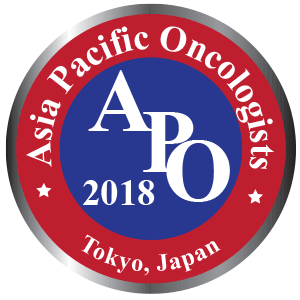
Phung Thi Huyen
Vietnam National Cancer Hospital, Vietnam
Title: Evaluating result of second line Vinorelbine monotherapy in patients with recurrent and metastatic breast cancer
Biography
Biography: Phung Thi Huyen
Abstract
Objective: To evaluate response rate, time to disease progression and the toxicity of vinorelbine monotherapy in second line treatment of patients with recurrent and metastatic breast cancer at Viet Nam National Cancer hospital.
Patients and Methods: Prospective combined retrospective descriptive study. The study based on 71 patients with breast cancer recurrence and metastasis after radical treatment with Taxane/ Anthracycline frist lines at Viet Nam National Cancer Hospital from 4/2015 to 6/2018 were treated with weekly Vinorelbine 25 mg/m2 IV or Vinorelbine 60mg/m2 PO or combination on day 1 every week, at least 6 weeks.
Results: The presence of recurrent metastasis most common of this group in the second year, third year after radical treatment 57,8%. There was 15,5% of patients with metastatic recurrence after 5 years. Free – recurrence survival was 21 ± 10,44 months. There was 30,1% of the cases of recurrence metastasis without clinical symptoms. In all cases of bone pain symptoms, the most common, accounting of 40,3%. Most patients with recurrent metastatic had multiple locations at the time of diagnosis (70,4% ). Metastase bone, lung, liver were most commonly as 61,9%; 46,5%; 40%, respectively. Complete response rate is 4,2%, partial response of 30,6%. In which 59,2% patients had no response, 38,1% stable disease and 21,1% progress disease. Time to disease progression is 7,2 months. There was no significant difference in RR and PFS was observed between the arms. Grade 3 and 4 hematologic and non-hematologic toxicity rate were low. The rate of hematologic toxicity were significantly higher in Vinorelbine IV with the rates of leukopenia and neutropenia were 43,2% and 41,5%, non-hematologic toxicity rate were significantly higher in Vinorelbine OP with the rates of nausea/ vomiting; diarrhoea; mucositis were 45,2%; 42,1% and 42,1%.
Conclusion: The regimen has good results and safe.

